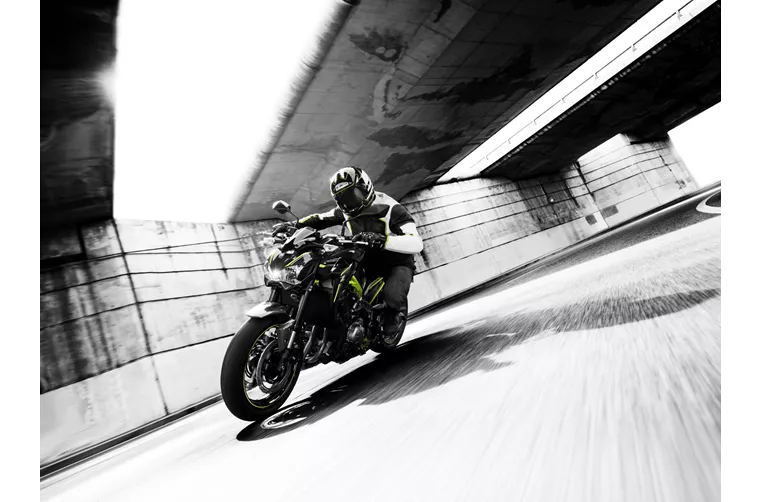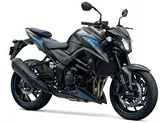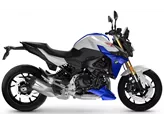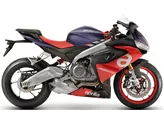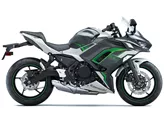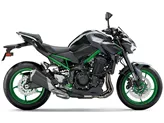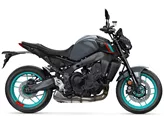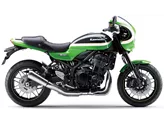Kawasaki Z900 2018 vs. Kawasaki Z1000SX 2017

Kawasaki Z900 2018

Kawasaki Z1000SX 2017
Overview - Kawasaki Z900 2018 vs Kawasaki Z1000SX 2017
The Kawasaki Z900 2018 and the Kawasaki Z1000SX 2017 are both powerful motorcycles with in-line engines and chain transmissions. However, there are several key differences between the two models.
In terms of engine power, the Z1000SX has a slight advantage with 142 horsepower compared to the Z900's 125.4 horsepower. The Z1000SX also has a higher torque of 111 Nm compared to the Z900's 98.6 Nm. This means that the Z1000SX will offer more acceleration and power on the road.
Both motorcycles have fuel injection systems and liquid cooling, ensuring efficient performance and preventing overheating. The Z900 has a displacement of 948cc, while the Z1000SX has a larger displacement of 1043cc, which contributes to its higher power output.
In terms of suspension, both motorcycles feature upside-down telescopic forks at the front and swing arm suspensions at the rear. However, the Z1000SX offers more adjustability options with compression, preload, and rebound adjustments, compared to the Z900's preload and rebound adjustments only. The Z1000SX also has a slightly longer rear suspension travel of 144mm compared to the Z900's 140mm.
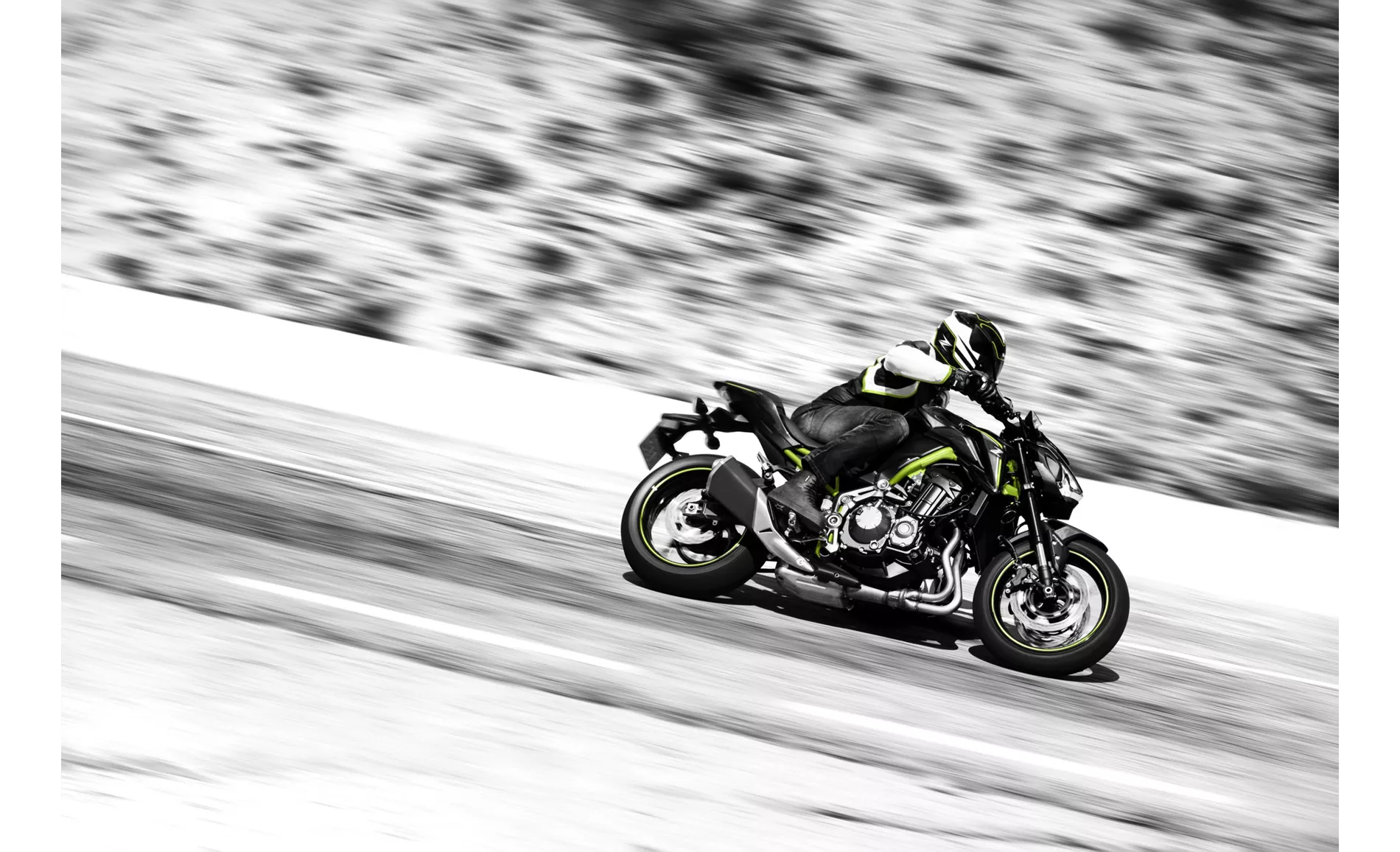
Kawasaki Z900 2018
The chassis of the Z900 is made of steel, while the Z1000SX features an aluminum frame. This difference in frame material may result in slight variations in weight and handling characteristics.
Both motorcycles have double disk brakes at the front with a diameter of 300mm and four pistons. However, the Z1000SX has radial, monoblock, petal technology, which may provide improved braking performance compared to the Z900's petal technology.
In terms of rider assistance systems, both motorcycles come equipped with ABS. However, the Z1000SX also features traction control, providing additional safety and stability on the road.

Kawasaki Z1000SX 2017
In terms of dimensions and weights, the Z900 has a slightly longer wheelbase of 1450mm compared to the Z1000SX's 1440mm. The Z900 also has a lower seat height of 795mm compared to the Z1000SX's 815mm. Additionally, the Z900 is lighter with a kerb weight of 210kg compared to the Z1000SX's 235kg.
In terms of strengths, the Z900 is praised for its powerful and smooth engine, great sound, sharp and sporty look, low seating position, and easy handling and manoeuvrability. On the other hand, the Z1000SX is appreciated for its great tuned engine, strong brakes, and easy driveability combined with high performance.
In terms of weaknesses, the Z900 lacks traction control, which may be a disadvantage in certain riding conditions. Additionally, tall riders may find the knee angle strenuous on the Z900 during long rides. The Z1000SX, on the other hand, is sensitive to the choice of tires, which may require careful consideration for optimal performance.
Overall, both the Kawasaki Z900 2018 and the Kawasaki Z1000SX 2017 are impressive motorcycles with their own unique strengths and weaknesses. The choice between the two will depend on the rider's preferences and priorities, whether it be raw power, handling, or additional safety features.
Technical Specifications Kawasaki Z900 2018 compared to Kawasaki Z1000SX 2017
Pros and Cons in comparison
Pros and Cons in comparison
Kawasaki Z900 2018
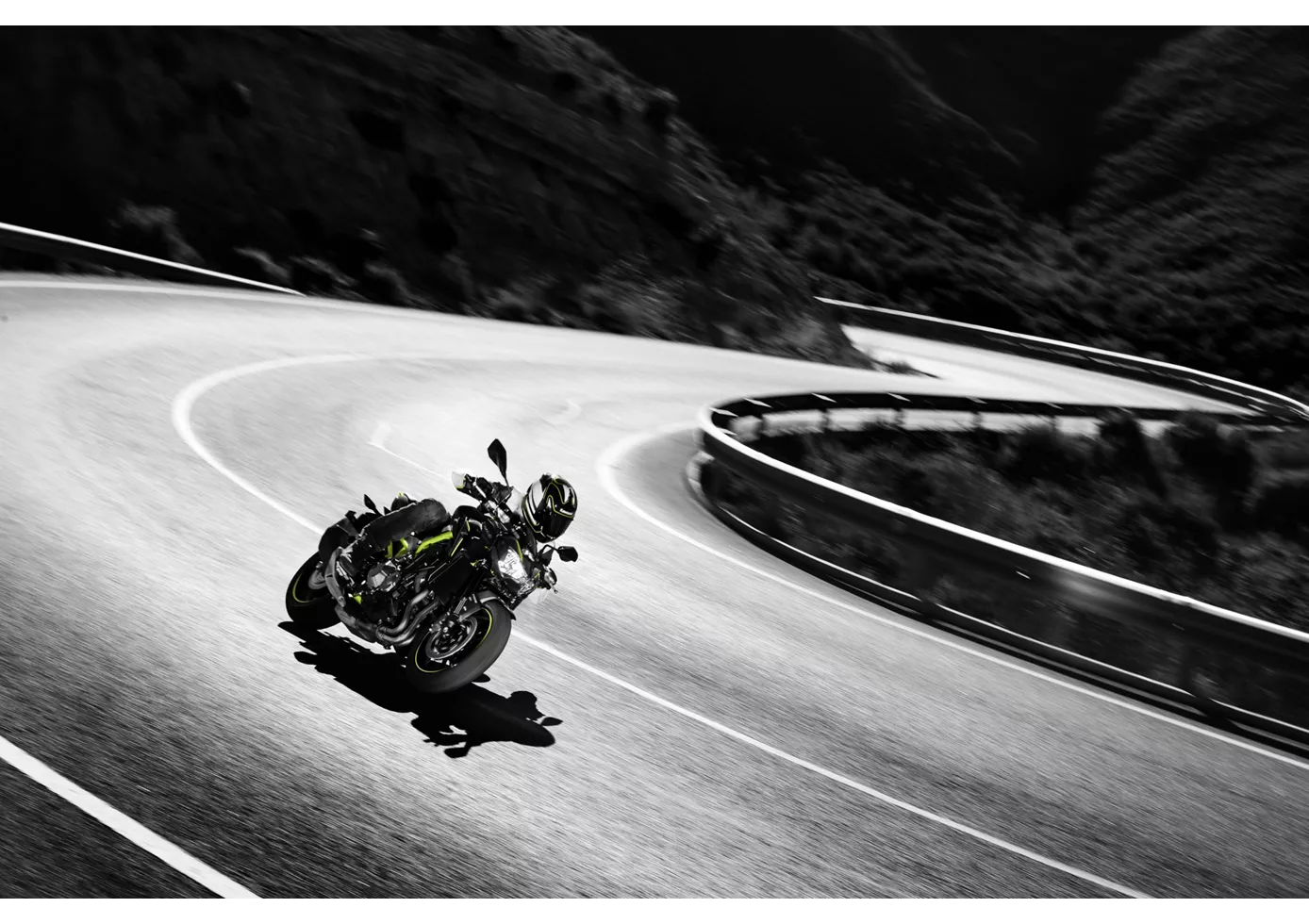
In the hotly contested naked bike segment, the Z900 plays right at the front. Above all, its engine is absolutely terrific, runs incredibly silky and offers rich power in all rev regions - as befits a Japanese four-cylinder. Its sporty, aggressive appearance matches this. It does without electronic bells and whistles, but still conveys a lot of confidence when chasing corners, braking and accelerating out of them. The low seat is especially beneficial for smaller riders, but taller riders might miss a flatter knee angle on long distances. The low weight and compactness make the Z900 particularly agile and easy to handle. A sporting cannon that is also extremely appealing in terms of price
Kawasaki Z1000SX 2017

Kawasaki's Z1000SX is a harmonious motorbike. Brakes, engine and chassis are all in good order. The look is a bit aggressive, but the bike is easy and transparent to ride.
Price Comparison Avarage Market Price Kawasaki Z900 vs Kawasaki Z1000SX
There are a few key differences between a Kawasaki Z900 2018 and a Kawasaki Z1000SX 2017. There are the same number of bikes of both models available on the 1000PS.de marketplace, specifically 55. It takes less time to sell a Kawasaki Z1000SX with 103 days compared to 112 days for the Kawasaki Z900. Since model year 2017 1000PS.de editors have written 46 reviews for the Kawasaki Z900 and 14 reviews for the Kawasaki Z1000SX since model year 2011. The first review for the Kawasaki Z900 was published on 11/11/2016 and now has more than 93,200 views. This compares to more than 9,900 views for the first review on Kawasaki Z1000SX published on 10/5/2010.
